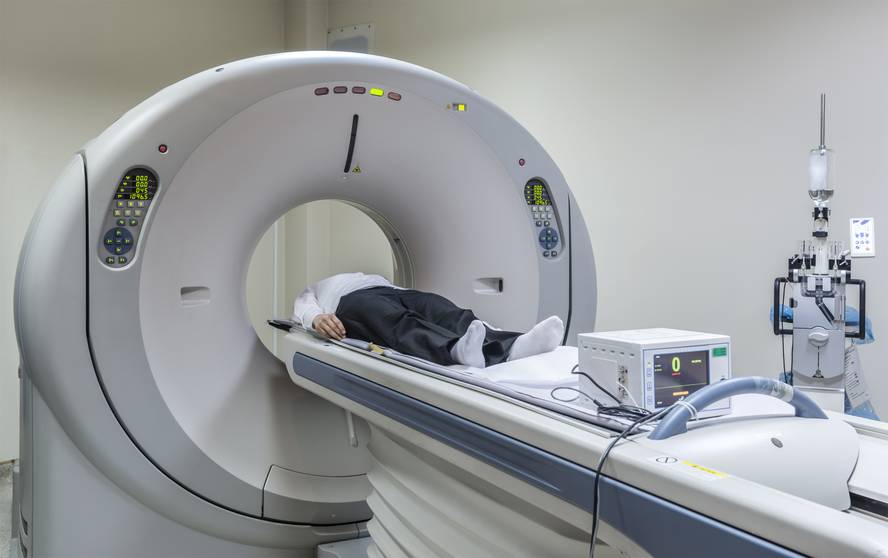Magnetic nanoparticles to destroy tumors by heating

Hyperthermia is heat treatment: body tissues are heated above the physiological temperature to produce the desired effect. In this case, the goal is to destroy tumors by heat detached by magnetic nanoparticles.
In the 1990s this property was discovered of magnetic nanoparticles that, under the influence of alternating magnetic fields, absorb a large amount of energy and transmit it in the form of heat. The strategic arrangement of nanoparticles in tumors allows their destruction. This approach, called magnetic hyperthermia, has been used since 2011 as an experimental cancer therapy.
One of the most important parameters to consider in this way is the specific rate of absorption of nanoparticles, that is, the amount of energy absorbed per unit of mass of the nanoparticle. This value depends on factors such as the frequency and intensity of the applied magnetic field, the size of the nanoparticle, its appearance, its components, etc.
The researchers of the UPV-EHU have built a device that allows to generate the desired magnetic field and measure the specific rate of absorption of nanoparticles, to later elaborate different models that allow to know how the value of the specific absorption rate changes depending on the shape, material and binders of the nanoparticles.
“Warming should not be applied anywhere and in any way,” says Eneko Garaio, a member of the research team: a temperature between 41 and 46°C should be applied and only in tumors. In this temperature range, magnetic hyperthermia is more effective.”
According to Garai, this methodology has several advantages: “On the one hand, the magnetic fields used do not damage the healthy tissues of the body. Nanoparticles can be surrounded with binders. Normally the particles are of iron oxide, while the binder is a layer of organic molecules. This system allows the adhesion of nanoparticles to tumor cells without affecting healthy cells.”
For this research work, and in particular for an article published in the journal Measurement Science and Technology, he has just received the Outstanding Paper Award.





